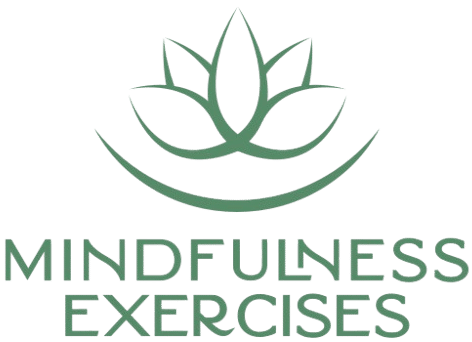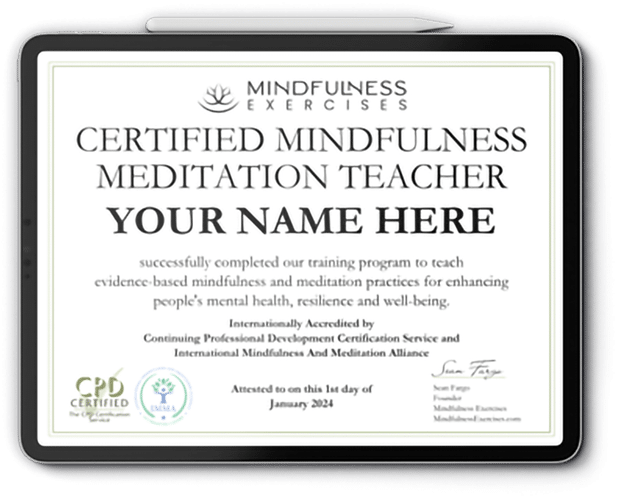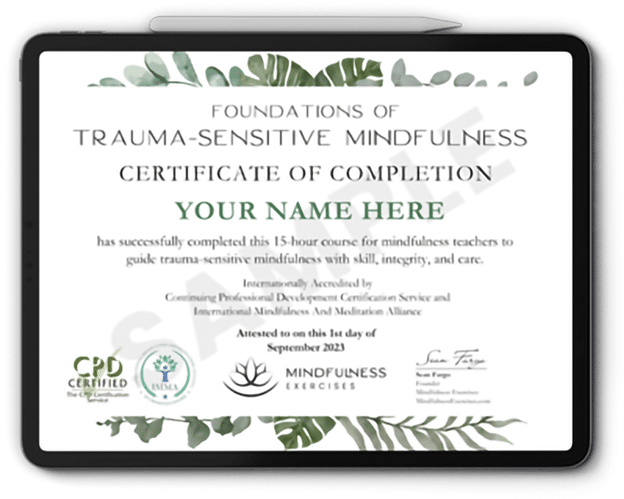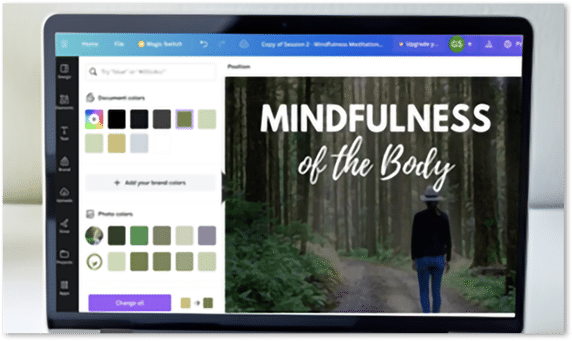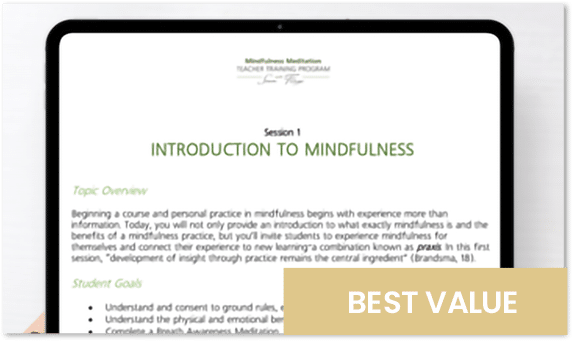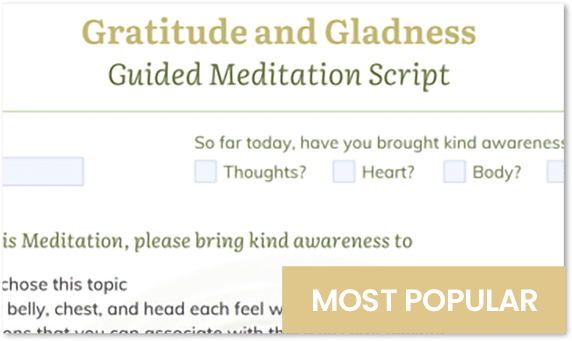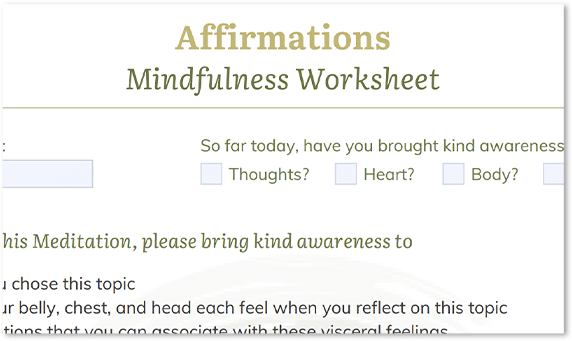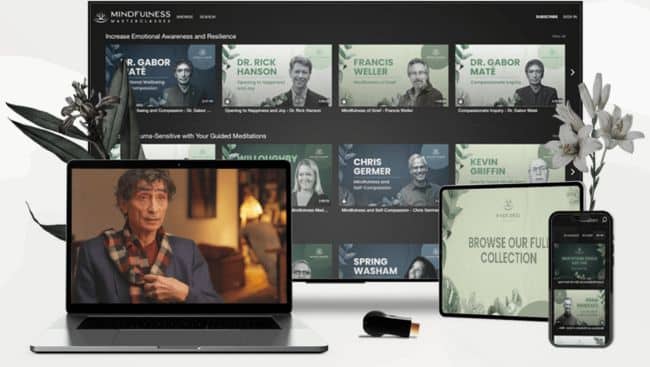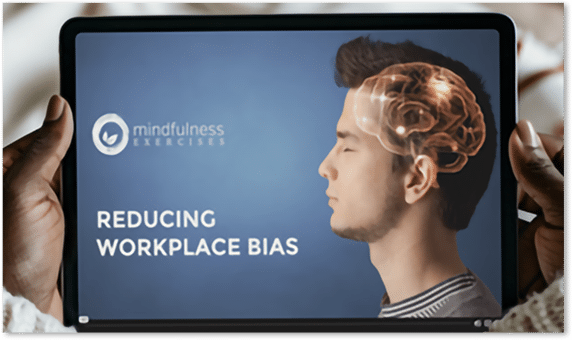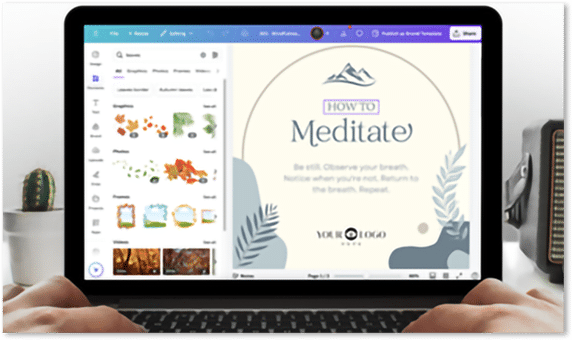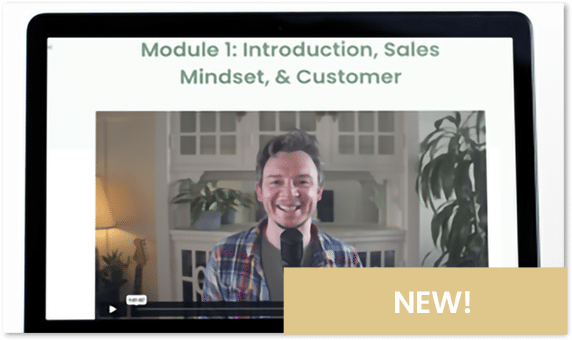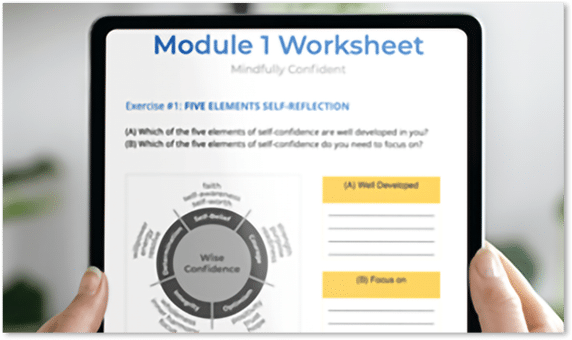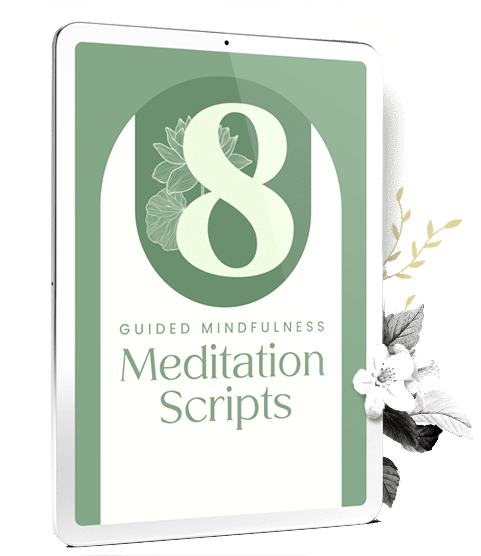Sean Fargo is a former Buddhist monk and experienced meditation teacher. Throughout his career, he has taught meditation to employees at Fortune 500 corporations, government organizations, in hospitals and in prisons. He has guided families, groups and individuals toward transformative, daily practice. In addition to offering meditation classes, Sean now devotes his time to training others how to share mindfulness meditation with greater skill, confidence and compassion.
Meditation helps us live more calm, stress-free, healthier and happier lives. It’s no surprise then, that those of us who have experienced the profound benefits of meditation may be interested in learning how to become a meditation teacher.
Anyone can listen to a guided meditation. Learning meditation from a teacher, however, offers so much more. Trained and caring meditation teachers help others truly progress in their practice. Not only do they share meditation techniques, they assist people with integrating the benefits of meditation into their everyday lives.
How to become a meditation teacher is not always well understood. The most qualified instructors, however, know that the journey balances attention to personal practice with training in both the evidence-based benefits of meditation and educational theory.
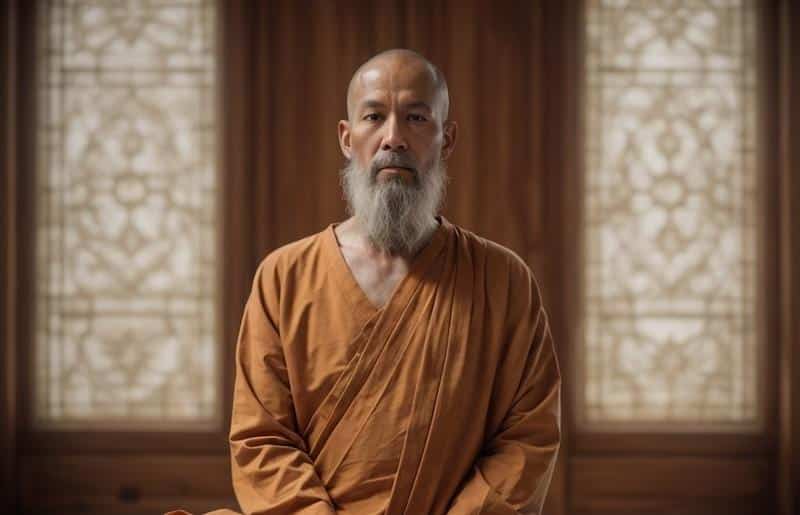
Why Become a Meditation Teacher
Becoming a meditation teacher is a meaningful way to share the transformative benefits of mindfulness with others. Whether it’s improving relationships, supporting well-being, or creating a fulfilling career, teaching meditation offers opportunities to make a profound impact on both your life and the lives of others.
What Do Meditation Teachers Do?
Becoming a skilled meditation teacher involves much more than guiding practices—it’s about empowering others through mindfulness while equipping yourself with the tools, knowledge, and resources to make a lasting impact. To support this journey, Sean Fargo provides comprehensive teacher resources to help you grow as an instructor, refine your skills, and offer the highest quality guidance to your students.
1. Offer Comprehensive Meditation Instruction
A meditation teacher’s primary responsibility is to guide students through effective practices. Some teachers focus on specific techniques, such as mindfulness, while others explore a variety of approaches to suit their students’ needs.
2. Educate and Empower Your Students
In addition to guiding meditations, instructors educate their students about the benefits of meditation and how to overcome challenges. This ensures students not only understand what to do but also why it’s important.
3. Facilitate Integration and Reflection
The most impactful meditation sessions don’t end when the practice concludes. Teachers help students integrate what they’ve learned through reflection and discussion.
Access Sean Fargo’s mindfulness teaching toolkit for ready-to-use resources, including journaling templates, scripts, and other integration tools.
4. Create a Supportive and Inclusive Environment
Effective meditation teachers establish a safe, welcoming space that fosters trust, growth, and exploration.
5. Commit to Lifelong Growth as a Teacher
Meditation teachers are lifelong learners who continually refine their practice and teaching. This commitment to growth not only benefits the teacher but also ensures students receive the highest quality instruction.
Explore Sean Fargo’s podcasts and interviews with leading mindfulness experts to stay inspired and informed.
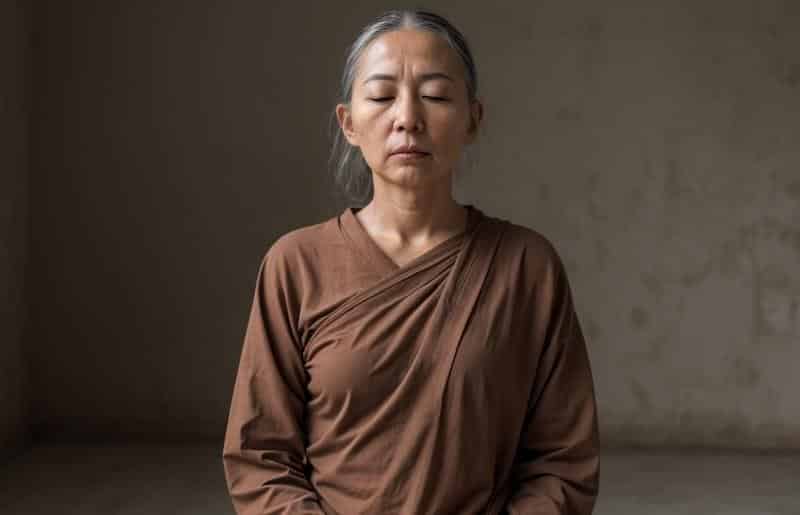
How to Become a Meditation Teacher
For those wanting to pursue a career or vocation as a meditation instructor, the following are a few areas to consider. Ultimately, each relates to your preparedness when it comes to guiding others in meditation in a safe and supportive manner.
Maintaining Your Personal Practice
Meditation is not something we learn about, then stop learning. It necessitates ongoing, daily practice. If you want to become a meditation teacher, your personal meditation practice is everything. If you have ever been to a meditation class, you know that often, the teacher’s presence alone can inspire us to practice. To walk the talk as meditation teachers, we want to do our best to embody mindfulness and compassion. The two arise with steady, long-term commitment to personal practice.
Those new to meditation can jumpstart a steady, daily practice by taking advantage of the free online resources at MindfulnessExercises.com such as the 100-day challenge or our meditation courses. Each introduces students to a wide variety of meditation styles and practices. The style of meditation that’s best for you, is the one you’re most likely to practice.
Holding a safe space for others is made possible only through trained presence. If a student is struggling with discomfort, for example, whether physical or emotional, we can only meet them in their pain to the extent that we are capable of doing the same for ourselves. As we get more and more comfortable feeling what we feel in meditation, whether pleasant or unpleasant, we become more skilled at supporting others to do the same.
When adding teaching to your schedule, do your best to ensure you still have space for your own daily meditation.
Formal Education and Training
No matter the style of meditation you’d like to teach, it is prudent to have some type of formal education or training in these practices. For example, if you learned mindfulness meditation by listening to guided practices online, seek out a qualified, trusted in-person teacher. Ask them how they got started and what they recommend.
Formal education and training for meditation teachers can look like devotion to a particular spiritual path, or training in a more clinical practice, such as Mindfulness-Based Stress Reduction. Mindfulness meditation teacher training programs, such as the Mindfulness Exercises certification program, often walk a middle ground between the two.
Training in bias recognition and trauma-sensitivity is also highly recommended. There are hundreds of meditation teaching workshops and courses to choose from, so do your due diligence and listen to your intuition. You might also consider a mentorship as a means of accelerating your journey.
You may find that by exploring meditation training and learning more, that what you want to teach or to whom changes.
Developing Teaching Skills
With some formal training under your belt, it’s time to hone your teaching skills. Many people start sharing mindfulness with others by teaching to family and friends. Here, you often feel more comfortable being yourself and can receive honest feedback.
As you feel ready to teach in public, you might practice your teaching by volunteering at a local community center or non-profit. New teachers also offer meditation in online groups, unlimited by geography. Some teach live, while others make audio or video recordings.
No matter where you start teaching, solicit feedback and listen to your own recordings. Apply mindfulness and compassion as you self-assess and take in the opinions of others.
Certification and Accreditation
It is not true that you need to be certified to teach meditation, although in nearly all cases, it is a very good idea. Comprehensive meditation certification programs offer valuable training and education.
Extensive accreditation programs, such as the Mindfulness Exercises Teacher Training Certification Program, help you deepen your practice and teachings. They educate you in the latest mindfulness research and educational best-practices. Our program in particular offers you a safe place in which to practice your teaching live and receive expert feedback. You will connect to a professional community you can continue learning from, even after you’ve been certified.
Certification can give your students and potential employers confidence, as it demonstrates that you have completed the professional requirements deemed essential for meditation teachers.
Gaining Experience
Gaining experience as a meditation instructor includes more than practice teaching. True confidence and comfort as a meditation teacher comes from experience. Lean on your personal practice and training to develop the courage you need to put yourself out there.
Yes, you may make some mistakes along the way. With thorough teacher training, however, including trauma-sensitive mindfulness training, those mistakes will be minor. Primarily, they will serve as beneficial learning opportunities.
Experience in the field can also help you decide which types of meditations you enjoy teaching most, and in which settings.
Honing Your Niche
Choosing a niche does not narrow your reach, as one might think, but can help you connect with more people. When we’re clear about what we want to teach and to whom, our marketing becomes more precise. We reach the people who are most likely to benefit from our specific message.
Contemplating what you, personally, have overcome via mindfulness, or what themes keep recurring in your life are generally good places to start. Teachers can often be more effective when they have personal experience healing from the very problems they wish to help others with.
Defining a niche can also help you craft your mindfulness business and brand. For example, knowing you’d like to teach mindfulness to working mothers of young children can help you choose where to place your advertising and marketing efforts.
In this podcast, Sean Fargo discusses why narrowing your focus as a meditation teacher is not only a smart business move but also a way to serve others more effectively. He shares his insights on how to identify your unique offerings and the specific needs of your audience.
Staying Connected
As mindfulness meditation teachers, it’s crucial we remain an active part of a meaningful meditation community. A community of our peers serves as inspiration, a place to go for continuing education and a source of much needed ongoing support.
You may have a sangha that you practice with on a regular basis. Your mindful community may also be connected to your meditation teacher training certification program, a past course or workshop that you’ve taken, or a certain teacher you follow. You may have more than one group of peers who share your passion for teaching meditation.
If you’re seeking connection to other mindfulness professionals, the Connect mindfulness community is a very good place to start. In this free online space, meditation teachers, guides, coaches and counselors ask questions, share struggles and successes.
Additional Expert Tips from Sean Fargo on How to Become a Meditation Teacher
Sean Fargo, a former Buddhist monk and founder of the Mindfulness Meditation Teacher Certification Program, is known for his unique approach to teaching mindfulness and meditation. His emphasis on trauma sensitivity, authenticity, and simplicity has inspired thousands of aspiring meditation teachers. Here are five expert tips from Sean’s experience and teaching style that stand apart from conventional advice:
1. Prioritize Compassion Over Perfection
Sean believes that effective meditation teaching doesn’t require you to be a “perfect” meditator. What matters most is your ability to hold a compassionate space for others to explore their inner experiences.
Tip: Let go of self-judgment about your own meditation practice and focus on connecting with your students through empathy and understanding.
2. Lean Into Vulnerability
According to Sean, vulnerability builds trust. Sharing your own challenges and growth with mindfulness can make your teaching more relatable and authentic.
Tip: Be open about your journey with mindfulness—this encourages students to embrace their own imperfections.
3. Tailor Practices to Your Audience
Not all meditation styles resonate with everyone. Sean emphasizes the importance of understanding your audience and adapting practices to meet their specific needs.
Tip: Observe your students’ preferences and offer alternatives, such as body scans for stress relief or loving-kindness meditations for cultivating compassion.
4. Cultivate Grounded Presence
Sean highlights the significance of being fully present as a teacher. Your state of mind sets the tone for the group and creates a safe environment for students.
Tip: Before teaching, take a few minutes to ground yourself through mindful breathing or a short meditation to embody calmness and presence.
5. Focus on Practicality and Accessibility
Sean’s teaching style encourages integrating mindfulness into everyday life. Instead of abstract concepts, he advises teaching practical, actionable tools students can immediately apply.
Tip: Break down meditation techniques into small, manageable steps and provide real-life examples of how to use mindfulness in daily situations.
By following these tips inspired by Sean Fargo’s teaching philosophy, you can approach meditation instruction with compassion, authenticity, and effectiveness, creating meaningful transformations for your students.
FAQ | Meditation Teacher
How much do meditation teachers make?
It’s common to wonder how much meditation teachers make. Unfortunately, there’s no single, simple answer.
Some meditation teachers make enough money to support themselves, while others choose to teach for free. Where you fall on the income spectrum is entirely up to you. It may depend on your niche or the method you’ve chosen to share meditation.
Some teach meditation as paid employees, while others are freelance or run their own small businesses. Meditation teachers can earn an income from a variety of activities, including guiding meditations, teaching one-hour classes, weekly seminars or even year-long courses.
The method via which you share meditation, where you teach and to whom will play a role in how much you get compensated.
Do you need to be certified to teach meditation?
No, you do not need to be certified to teach meditation. That said, certification is a very good idea.
Mindfulness meditation teachers who have completed comprehensive certification programs find that what they learn only boosts their confidence, offerings and income. Certification programs not only encourage a deep understanding of meditation, but they teach about how to structure classes, minimize harm, maximize benefits, and market your services.
Potential employers may expect new hires to present a meditation teaching certification as proof that they’ve met certain requirements around safely guiding others in meditation.
How to become a certified meditation instructor?
To become a certified meditation instructor, simply enroll in and complete the requirements of a trusted meditation teaching certification program.
The Mindfulness Exercises Teacher Training Certification Program is a comprehensive, self-paced program recognized by both the Continuing Professional Development Certification Service (CPD) and the International Mindfulness and Meditation Alliance (IMMA).
Rigorous certification requirements will have you well prepared to guide others in meditation with confidence, skill and compassion.
What is a meditation teacher called?
A meditation teacher is called just that, a meditation teacher. However, teaching meditation is a unique form of education, similar to teaching an instrument. Teachers don’t merely tell people what the end goal is, but encourage them to practice so they may realize the results for themselves.
For this reason, many meditation instructors prefer using the terms meditation coach, meditation guide or meditation mentor.
What qualifications do I need to become a meditation teacher?
The qualifications needed to become a meditation teacher aren’t always as tangible as a teaching certification. Above all, a competent meditation teacher embodies presence, mindfulness and awareness. They have a boundless compassion for both themselves and others.
A meditation teacher need not be perfect, we are human after all, but their mindfulness and compassion offer them a deep self-awareness. They are committed to their own healing and self-improvement so that they may be ever more capable of helping others.
Is there a demand for meditation teachers?
Yes, there is a demand for meditation teachers. This need will continue for as long as there is suffering in this world.
Teaching meditation takes many forms. Anyone who is authentically committed to easing the pain and suffering of others will find a place where they can share meditation. It may take the form of guiding a friend or loved one through a simple practice, or it may look like speaking to thousands via a global online conference. Neither is better or worse, more or less impactful.
Can you make a living as a meditation teacher?
Yes, it is possible to make a living as a meditation teacher. The most successful teachers, however, often share meditation in more than one way. They instruct in person, share guided meditations, and may offer live and pre-recorded online classes and programs. Popular meditation teachers write books, host podcasts and make movies. There’s no limit to how we can share meditation in the world.
Understandably, we ask these questions about income because in today’s world, we need to earn money to survive. Making money, however, is best left as a happy side effect, and not the goal of teaching meditation.
When we apply ourselves to our practice and teachings with the intent to be generous and of service to others, we receive abundantly.
